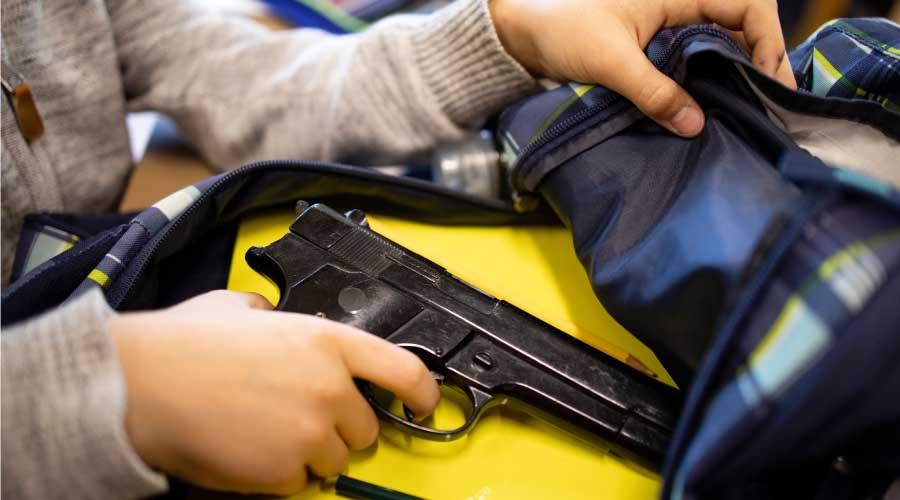Planning, Drills, Communication Can Combat Workplace Violence
Planning, procedures, and drills are vital in proactive planning against workplace violence. A lot of it, Ahrens says, also comes down to something that is extremely important: communication. “You need to have internal communication, you need to have external communication,” he says. “I challenge you right now: Do the individuals who work for you know what to do in the event of an incident of workplace violence, whether it’s an emergency — like someone having a fight — or someone brandishing a weapon? If you don't know the answer, it’s time to get the answer and communicate. Communication will help you respond, recover, from this incident much faster than any other type of preventative control we talk about. “
Communication also includes occupants reporting a potential problem they witnessed. Ahrens mentioned a true workplace incident in which a weeping female employee was seen throwing out flowers she had just received from her estranged husband, against whom she had a restraining order. Her employer did not know about the restraining order. Communication from a fellow employee about her co-worker’s tearful reaction was important in averting violence against the co-worker and possibly others, he says.
Once a facility manager decides to get serious about planning against workplace violence, it’s important to take a multi-disciplinary approach and get all the stakeholders involved, as well as local law enforcement, Ahrens says. “We need to understand what law enforcement’s response will be to my facility. We need to think about policies, plans, procedures, legislation, that affects the potential for workplace violence in our particular environment. It begins with an internal analysis, then ramping up with policies and procedures, then testing those policies and procedures in a tabletop process to refine the process. This is a living document and process — it will continue to evolve to your environment.”
Tabletop drills are actually quite easy to conduct, Ahrens says. “You don’t need a consultant; you just need to get people around a table and you need to come up with good scenarios” and “interjects” that make people think. An example of an interject, he says, is a Murphy’s Law scenario where company policy states that in case of a particular type of incident, “Bill” should be called exclusively — except that Bill is on vacation. Consider adding local law enforcement to the drill to build cooperation as well as a good (and important) relationship.
When you’re doing a tabletop drill, have diagrams and Google satellite imagery at the ready, which allow important visualizations. The imagery, Ahrens says, might, for example, show that “the police will enter there, and the media goes here, and the staging is there.” If you’re a hospital planner and the police say they would stage at the south side of your building and that’s right where your Emergency Department is, that’s a problem, Ahrens says. Walk through some scenarios: “Where would we mobilize? Where would we put our people? What would we do?”
Ahrens recommends a 9-minute video as a way to start process of proactive planning against a workplace violence incident. Titled “Surviving an Active Shooter,” the video, which at times is of a graphic nature, is put out by the Los Angeles County Sheriff’s Department and available for free online.
Related Topics:













